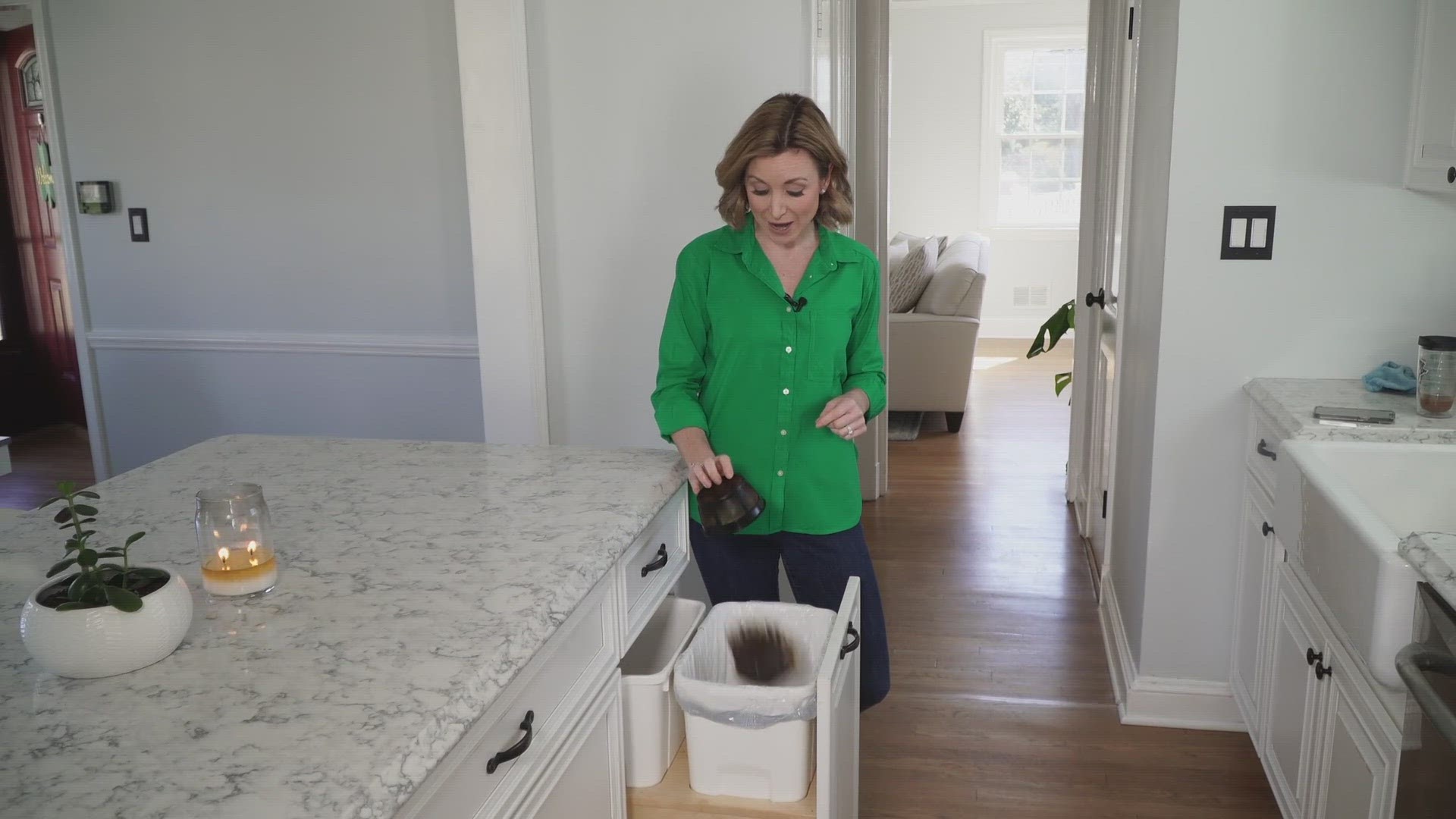FAIRFAX, Va. — Around two billion people worldwide don't have access to clean and safe drinking water. But two scientists from George Mason University and a high school senior created a low cost, easy to implement solution to cleaning water.
"The unique thing that we're doing is taking spent coffee grounds that I brewed at home and brought to work, and we're coating them with magnetic nanoparticles," explains Jeffrey Moran, and Assistant Professor of Mechanical Engineering at George Mason University.
They call them CoffeeBots. And they're the result of a collaboration between Jeff Moran, an Assistant Professor of Mechanical Engineering at George Mason, Amit Kumar Singh, a postdoctoral researcher and Tarini Basireddy who was a senior at Thomas Jefferson High School for Science and Technology in Alexandria when they made this discovery. Basireddy is now a freshman at Johns Hopkins University.
Moran said, "I feel like I learn at least as much from these two as they do from me."
The low cost and accessible solution can remove methylene blue, oil spills and microplastics from contaminated water. And they're still discovering other pollutants it might tackle.
"Then we thought, why not microplastics, it also clinged! This is how we got into all the pollutants," explained Singh.
"We're making this procedure publicly available because we want anybody around the world," said Morgan. "Even in resource poor regions, where the need for clean water is often the most urgent, we want them to be able to make use of our method."
Basireddy said, "It's important that we take materials that are accessible by people and make things that people can use."
So how can this be applied outside of a lab?
"This could be deployed on a boat that has a small magnet at the end of it and the boat then moves through the water and the magnetic kind of tugs the coffee grounds along," Moran described.
You could also dispense the coffee grounds directly into polluted drinking water.
"So after they've absorbed the oil we can take a magnet and pluck the CoffeeBots out of the water," Moran demonstrated. "After 40 minutes the water looks pretty clean."
You could also pour the solution through a coffee filter, revealing clean water.
The use of covered coffee grounds to clean water isn’t entirely new, but adding movement to the solution is.
"Moving coffee grounds pick up pollutants faster than stationary ones do," Moran said.
And by using a handheld magnet, they have complete control of the Coffeebots.
"Growing up, I always thought science was complicated, right," said Basireddy. "But here we have coffee grounds with rust on them and we're able to remove a whole slick of oil. You can do science with very simple starting materials and you can do some amazing things with it."
While Tarini is studying Biomedical Engineering at Johns Hopkins, Jeff and Amit are still working in the lab, hoping to find a way to make Coffebots move when activated by sunlight – eliminating the need for a magnet.
WATCH NEXT: A tour of the technology in ECO9

